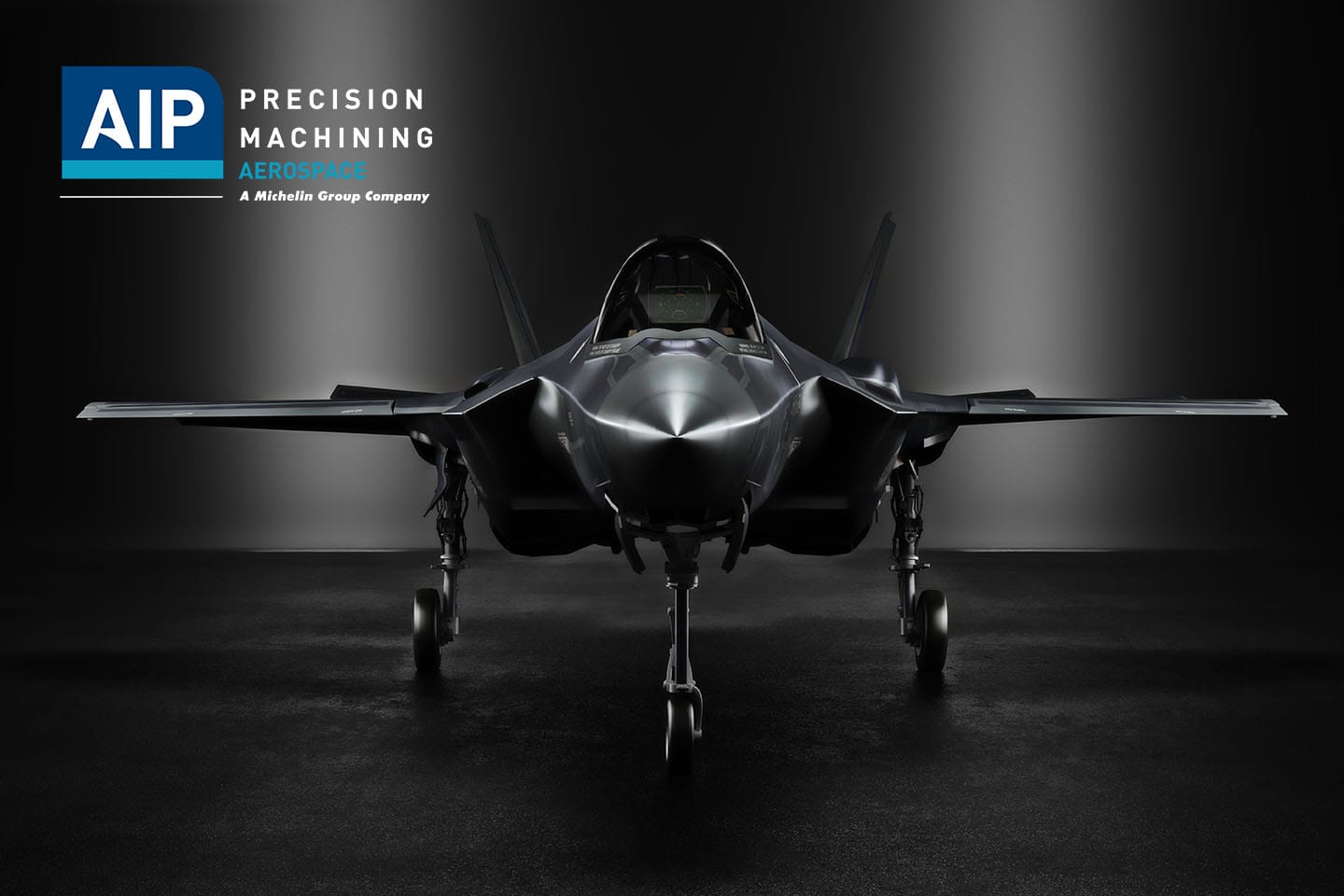
Aerospace manufacturing demands materials capable of exceptional performance under extreme conditions. Critical components must demonstrate superior resistance to thermal stress, mechanical loads, and chemical exposure while maintaining stringent weight requirements. Material selection stands paramount in achieving these demanding specifications.
Ultem®, an advanced high-performance thermoplastic, delivers revolutionary capabilities to aerospace manufacturing operations. Superior heat resistance combines with exceptional mechanical properties and inherent flame retardancy, establishing this material as essential for both structural applications and aircraft interior components. Manufacturing versatility enables precise component production through CNC machining and sophisticated additive manufacturing processes.
Technical specifications, manufacturing methodologies, and aerospace certification requirements form the foundation of this comprehensive analysis. Detailed examination reveals Ultem’s crucial applications within modern aircraft systems, quantifiable performance advantages, and regulatory compliance requirements. Strategic comparisons with conventional materials demonstrate significant advantages, while quality control protocols ensure consistent manufacturing excellence. This thorough investigation provides essential insights for aerospace engineers and manufacturing specialists seeking optimal material solutions.
Understanding Ultem’s Material Properties
Polyetherimide (PEI), marketed under the Ultem® trademark, exemplifies breakthrough innovation in aerospace materials engineering. Technical superiority emerges from this amorphous thermoplastic’s exceptional mechanical characteristics combined with superior thermal stability, delivering crucial performance advantages for aerospace applications.
Chemical and Physical Characteristics
Advanced molecular engineering incorporating aromatic ether and imide groups yields Ultem’s signature amber translucent appearance. Technical specifications reveal superior dimensional stability characteristics, demonstrated through minimal water absorption rates of 0.25% over 24-hour exposure periods. Amorphous material composition ensures reliable performance across operational conditions, while engineered chemical resistance withstands aggressive exposure to jet fuel, hydraulic fluids, and industrial chemicals.
Thermal and Mechanical Properties
Performance specifications demonstrate superior thermal capabilities:
- Glass transition temperature achieves 217°C
- Heat deflection measurements reach 204°C at 264 psi
- Sustained operational temperature tolerance extends to 171°C
Mechanical performance data validates exceptional material strength characteristics. Glass-reinforced variants achieve tensile strength measurements of 24,500 psi. Durability testing confirms 85% tensile strength retention following 10,000-hour boiling water immersion protocols.
Comparison with Traditional Aerospace Materials
Technical advantages over conventional aerospace materials emerge through comprehensive analysis. Weight reduction capabilities maintain structural integrity while reducing component mass. Electrical performance specifications establish industry leadership, achieving dielectric strength measurements of 830 V/mil.
Exceptional flame resistance distinguishes Ultem’s aerospace applications, requiring no supplementary flame-retardant additives. Material certification demonstrates UL94 V-0 ratings at 0.41mm thickness, while oxygen index measurements reach 47%. These inherent safety characteristics, coupled with minimal smoke generation properties, establish compliance with stringent aircraft interior safety requirements.
Manufacturing versatility encompasses extrusion and advanced additive manufacturing methodologies, enabling precise component production. Technical capabilities combined with processing flexibility position Ultem as essential technology for modern aerospace manufacturing operations.
Advanced Manufacturing Techniques
Manufacturing excellence with Ultem® demands sophisticated production methodologies engineered to maximize material performance characteristics. Specialized processes deliver optimal results across diverse component requirements and applications.
3D Printing Applications
Fused Deposition Modeling (FDM) technology revolutionizes aerospace component production through advanced additive manufacturing capabilities. Technical advantages include:
- Precision fabrication of complex geometries
- Accelerated production cycles for specialized components
- Streamlined validation protocols
Performance analysis confirms exceptional mechanical properties in Ultem® 9085 components, achieving 87% tensile strength retention and 64% modulus preservation compared to injection molded specifications. Process parameters demand precise control:
- Nozzle temperature specifications: 400°C
- Chamber temperature requirements: 150°C
Integration with Roboze ARGO 500 Technology
The Roboze ARGO 500 introduces industrial-grade automation and repeatability in 3D printing. Its advanced heated chamber technology ensures uniform temperature distribution up to 356°F, critical for achieving optimal mechanical properties and dimensional accuracy in super polymers. The ARGO 500’s beltless system further enhances precision, rivaling traditional machining tolerances, and enables seamless integration into smart factory workflows. This innovation not only supports metal replacement in aerospace but also ensures consistent high-quality production.
Aerospace Certification and Compliance
Regulatory validation protocols establish critical performance benchmarks for Ultem® aerospace components. Certification requirements guarantee operational safety, manufacturing consistency, and component reliability throughout aircraft systems.
FAA Regulations and Standards
Federal Aviation Administration specifications define comprehensive requirements for Ultem® 9085 aerospace applications. Commercial aircraft certification validates material performance capabilities, establishing streamlined qualification protocols. Technical specifications confirm compliance with FAA toxicity, flammability, and smoke emission requirements. Material composition achieves Federal Aviation Agency FAR 25.853 compliance without supplementary flame-retardant additives.
Testing and Validation Procedures
Certification protocols mandate rigorous performance validation:
- Flame, Smoke, and Toxicity (FST) Analysis
- Vertical burn resistance verification: 60-second and 12-second protocols
- Thermal release quantification
- Smoke density measurement standards
National Center for Advanced Materials Performance certification methodologies deliver enhanced qualification efficiency. Protocol optimization achieves 10x reduction in qualification costs. Performance validation confirms 84% strength retention in FDM-manufactured Ultem® 9085 components versus injection-molded specifications.
Documentation Requirements
Certification protocols mandate comprehensive material traceability:
- Material Validation
- Raw material and filament analysis certification
- Manufacturing lot correlation documentation
- Production Verification
- Quality system compliance validation
- Process control verification
- Material traceability documentation
Manufacturing excellence demands rigorous material handling protocols. Certified-grade specifications require comprehensive documentation meeting aerospace validation criteria.
Quality assurance protocols maintain continuous compliance through systematic process validation. Established certification frameworks enable efficient component reproduction post-qualification, optimizing production costs while maintaining regulatory compliance.
Critical Applications in Modern Aircraft
Technical excellence and operational reliability characterize Ultem® applications across advanced aircraft systems. Superior material properties enable unprecedented performance capabilities while maintaining rigorous safety compliance.
Interior Components
Advanced cabin design specifications mandate Ultem® integration throughout passenger interface systems. Technical validation confirms superior performance in Personal Service Units, oxygen delivery systems, and environmental control components. Galley applications demonstrate additional material advantages through FDA and NSF certifications, enabling safe food-contact implementations in beverage systems and service equipment. Safety performance data validates critical importance of flame-resistant characteristics, particularly significant given 40% casualty rates from fire and smoke in survivable impact scenarios.
Structural Elements
Engineering excellence through superior strength-to-weight ratio revolutionizes aerospace structural design parameters. Performance specifications demonstrate:
- 50% mass reduction versus die-cast aluminum while delivering 40% strength enhancement
- Enhanced fatigue resistance under cyclic loading conditions
Technical capabilities enable reliable performance in critical load-bearing applications, including precision-engineered latches, hinges, and access mechanisms. Honeycomb panel structures achieve exceptional rigidity, demonstrating 3300 MPa flexural modulus measurements while optimizing operational efficiency.
Electrical Systems Integration
Superior dielectric properties establish technical leadership in aircraft electrical systems. Engineering specifications confirm industry-leading insulation characteristics, enabling reliable performance in:
- Power distribution infrastructure
- Electronic control systems
- Switching mechanisms
Thermal management capabilities complement electrical performance specifications, demonstrating superior insulation properties. Dual-function characteristics enable sophisticated electrical system integration while maintaining thermal barrier requirements.
Operational validation through commercial implementation confirms material reliability. Airbus A350 platforms incorporate 1,000+ Ultem®-based components, demonstrating successful aerospace qualification. Performance characteristics spanning weight optimization, structural integrity, and electrical isolation establish technical superiority in modern aircraft design specifications.
Performance Analysis and Benefits
Technical validation confirms Ultem’s® transformative capabilities in aerospace manufacturing operations. Performance metrics demonstrate measurable advantages across operational parameters, from mass optimization to environmental sustainability.
Weight Reduction Metrics
Engineering specifications validate exceptional mass reduction capabilities through Ultem® implementation. Operational advantages include:
- Component stress reduction extending service life
- Performance optimization through mass reduction
- Fuel consumption optimization
- Structural performance maintenance at reduced mass
LSG Sky Chefs and Norduyn validation studies demonstrate 1,650-pound weight reduction achievement through Ultem®-based trolley implementation on Boeing 747 platforms.
Cost-Effectiveness Studies
Economic performance data validates comprehensive operational advantages beyond material investment parameters. Boeing 747 platforms equipped with Ultem®-based service equipment demonstrate $65,000 annual fuel cost reduction. Durability characteristics deliver additional cost optimization through:
- Minimized maintenance requirements through chemical resistance
- Extended operational life through mechanical property optimization
- Manufacturing cycle optimization
- Secondary operation elimination
Production efficiency measurements confirm 80% cycle time reduction versus metallic component manufacturing.
Environmental Impact Assessment
Sustainability metrics validate Ultem’s® environmental performance alignment with aerospace industry objectives. Material implementation delivers measurable environmental protection through systematic optimization:
Operational mass reduction correlates directly to fuel consumption decrease and emissions reduction. Technical advantages include:
- Carbon footprint reduction through efficiency optimization
- Operational emissions decrease
- Manufacturing energy optimization versus metallic alternatives
- Non-autoclave production capability
Material characteristics, including flame resistance and minimal smoke generation, enhance safety while supporting environmental objectives. Chemical stability ensures sustainable operation, minimizing replacement requirements and associated environmental impact.
Advanced aerospace systems increasingly specify high-performance plastics for safety, efficiency, and environmental compliance. Performance validation establishes Ultem® as essential technology supporting aerospace industry advancement toward operational efficiency and environmental responsibility.
Conclusion
Technical excellence establishes Ultem® as fundamental technology in modern aerospace manufacturing. Superior thermal resistance combines with exceptional mechanical properties and inherent flame-retardant characteristics, delivering optimal performance across demanding aerospace applications.
Manufacturing capabilities advance through precision additive manufacturing technologies, expanding material applications while maintaining rigorous quality standards. Established certification protocols enable efficient compliance with aerospace requirements through validated production methodologies.
Performance validation demonstrates comprehensive system-wide advantages:
- Mass reduction capabilities achieve 50% versus conventional materials
- Operational cost reduction reaches $65,000 annually per aircraft
- Maintenance optimization through superior material properties
- Environmental performance enhancement through efficiency gains
Technical validation through commercial, defense, and space operations confirms Ultem’s® essential role in advancing aerospace capabilities while maintaining stringent safety and performance requirements. If you’re looking to produce high-quality aerospace parts, contact AIP Precision Machining today and talk to our experts.
FAQs
Q1. What makes Ultem unique in aerospace applications?
Ultem stands out due to its exceptional combination of high heat resistance, mechanical strength, and inherent flame-retardant properties. It remains stable at temperatures up to 217°C, offers significant weight reduction compared to metals, and meets stringent aerospace safety standards without additional additives.
Q2. How does Ultem contribute to cost savings in aircraft operations?
Ultem contributes to cost savings through weight reduction, leading to improved fuel efficiency. For example, Ultem-based in-flight trolleys in a Boeing 747 resulted in annual fuel savings of approximately $65,000. Additionally, its durability reduces maintenance requirements and extends component lifespans.
Q3. What manufacturing techniques are used for Ultem aerospace parts?
Ultem aerospace parts are manufactured using advanced techniques such as injection molding and 3D printing, particularly Fused Deposition Modeling (FDM). These methods allow for the production of complex components with high precision while maintaining the material’s exceptional properties.
Q4. How does Ultem compare to traditional aerospace materials?
Compared to traditional materials like aluminum, Ultem offers up to 50% weight reduction while providing 40% improved strength. It also features superior chemical resistance, excellent electrical insulation properties, and inherent flame resistance, making it ideal for various aerospace applications.
Q5. What are some critical applications of Ultem in modern aircraft?
Ultem is widely used in aircraft interiors for components like Personal Service Units and oxygen panels. It’s also utilized in structural elements such as latches and hinges, and in electrical systems integration for cable ducts and circuit boards, owing to its high dielectric strength and thermal insulation properties.




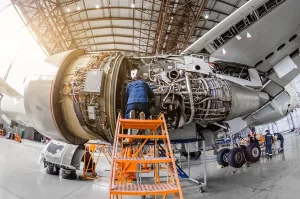 Fuel system components
Fuel system components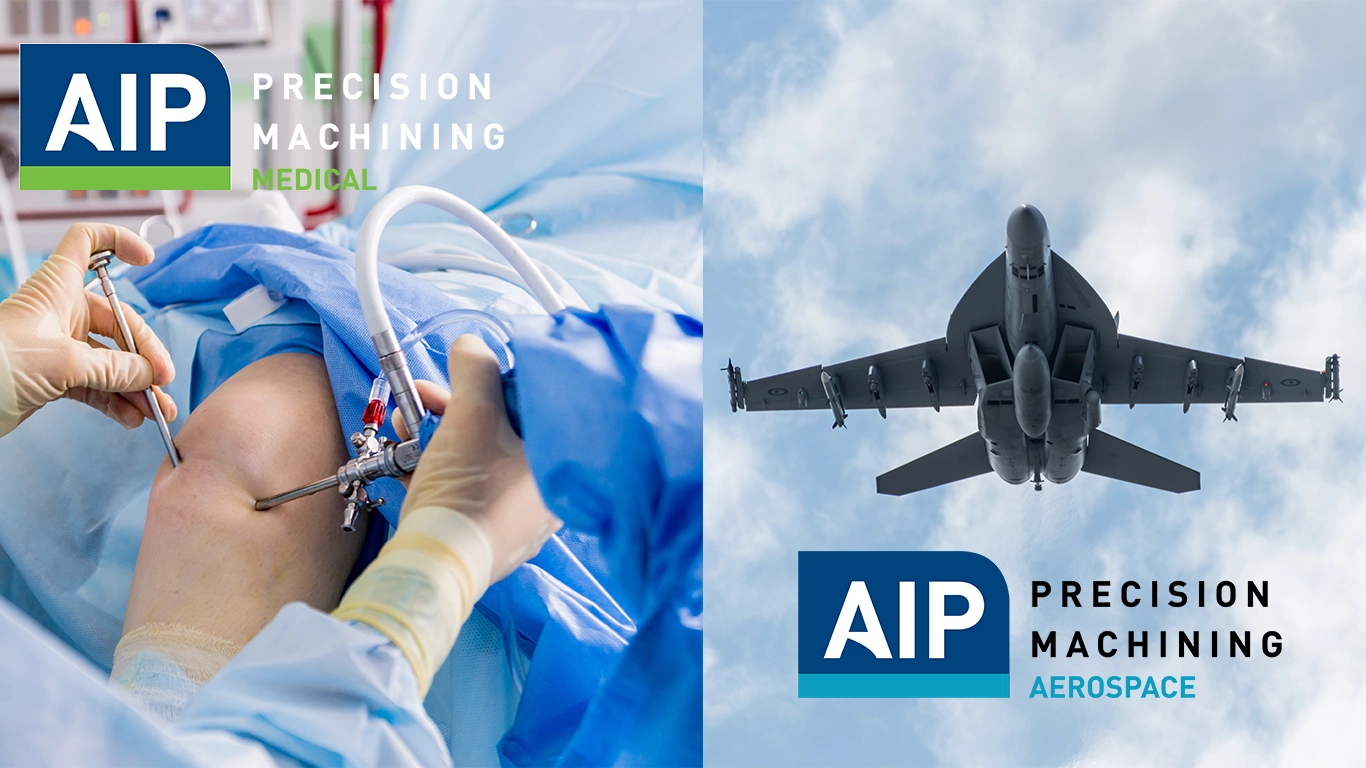



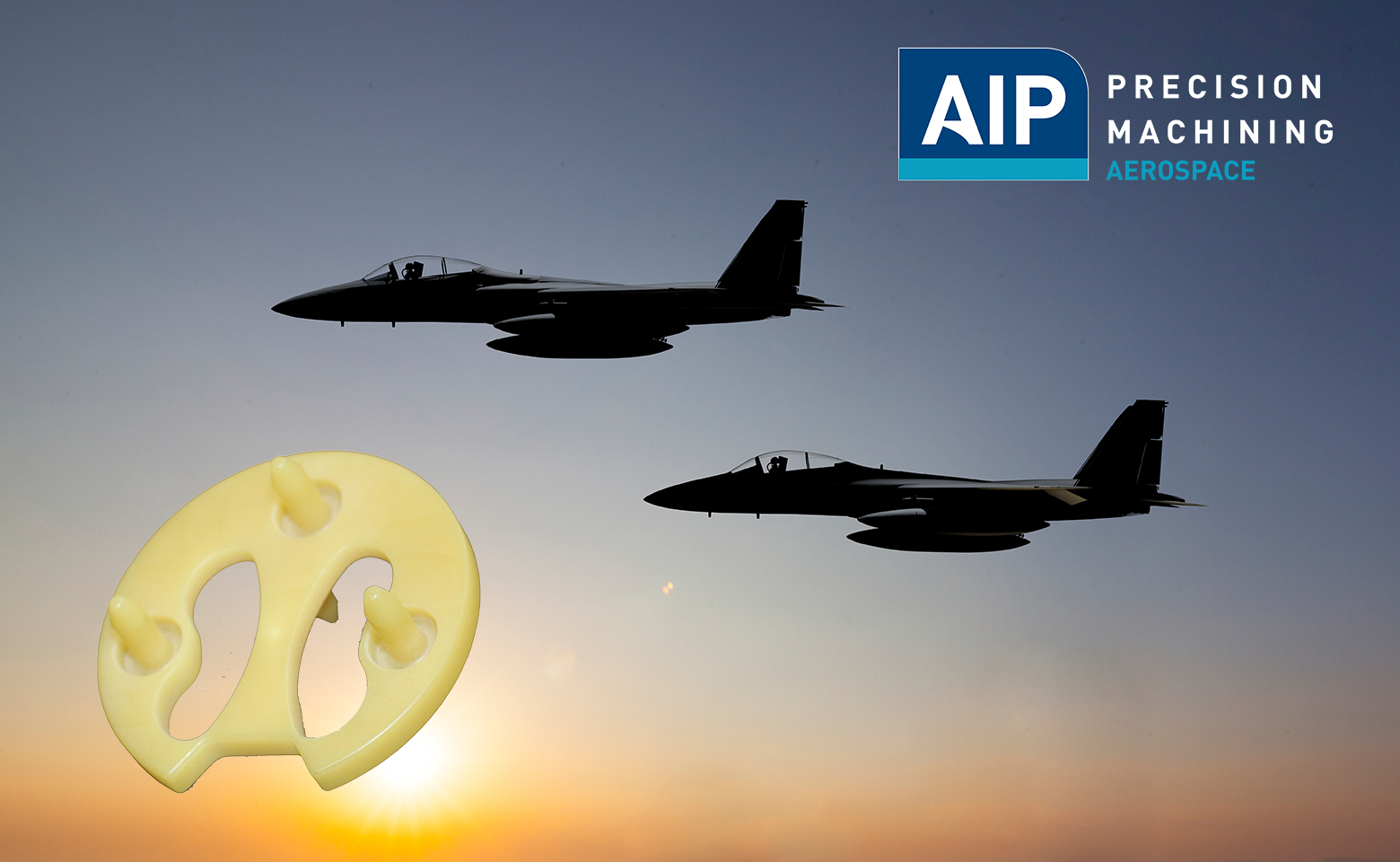
 In aircraft fuel systems, Delrin®’s
In aircraft fuel systems, Delrin®’s 
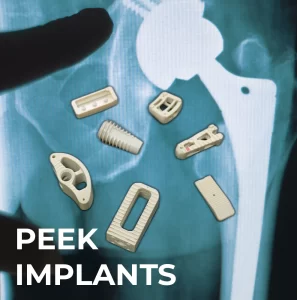 The selection of materials is crucial in the manufacturing of orthopedic implants, as these materials must offer exceptional biocompatibility, strength, and durability to withstand the rigors of the human body.
The selection of materials is crucial in the manufacturing of orthopedic implants, as these materials must offer exceptional biocompatibility, strength, and durability to withstand the rigors of the human body.


 Each of these polymers brings a unique set of properties to the table, making them highly suitable for the demanding requirements of aerospace cryogenic seals. Their combined characteristics of chemical resistance, thermal stability, low moisture absorption, and mechanical durability under extreme conditions position them as optimal materials for aerospace applications, where failure is not an option.
Each of these polymers brings a unique set of properties to the table, making them highly suitable for the demanding requirements of aerospace cryogenic seals. Their combined characteristics of chemical resistance, thermal stability, low moisture absorption, and mechanical durability under extreme conditions position them as optimal materials for aerospace applications, where failure is not an option.